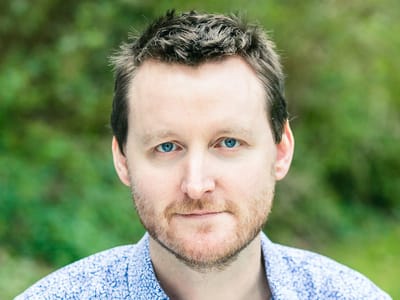There are a lot of smaller things that we can try in our business, yet we often find it completely overwhelming to get moving with them. We plan, re-plan and then plan again. We talk to people to make sure our plans are good. Self-doubt creeps in and before you know it, no progress has been made. And then life gets in the way, and the ideas that can drive our business forwards die.
But it doesn’t have to be this way. Improving and growing a business doesn’t have to be an all-consuming project where everything is at stake. What if everything you tried was just an experiment?
Experiments are manageable. There is little risk in experiments. You try them and if they don’t work, you try something else.
When you think of every new thing as an experiment, it frees your mind from the fear that it might fail. Because if it fails, so what? You have another experiment to try.
Before we go further, there's one important thing to note: experiments don’t mean you get free rein to try every idea that comes into your head. The best ideas are based on customer and market research. In other words, you know there is a need out there that you can fill. But experiments give you space to try different ways to filling those needs, and different ways to make more people aware of them.
When it comes to managing experiments, I like to keep it simple and define the important stages this way:
- Ideas
- In Progress
- Analyse
- Complete
There are lots of tools you can use to store experiments in stages like this. Some people use Trello. Some people use pen and paper. I use Ulysses. Why Ulysses? Because it is the tool I use every day anyway. I use it to write all of my content and books. And it works beautifully for this, but you could use any other tool.
Ideas
This is where I keep a record of all of the experiments that I want to try. I’ll revisit them many times as I gather information. I’ll jot down what I want to achieve, why it is important and a few first action steps.
In Play
I’ll generally have a couple of experiments in play at any one time. In play just means they are in progress - that I'm in the middle of implementing them.
At this point, I’ll create a project in my task manager (Things) and copy the action steps. This allows me to knock off a task or two per day as I work through implementing this experiment.
Analysis
Once an experiment is fully implemented, it goes into the analysis phase. At this stage, I want to check if the experiment was successful or not. Normally that involves checking analytics. It may take some time to gather enough data to know if this was a success or not. Don’t sweat it, an experiment can sit in this phase for as long as it takes for you to feel comfortable that it worked (or didn’t).
Complete
At this point, you have implemented the experiment and have enough data to know whether it was successful or not. Keeping them in a place along with all your other completed experiments gives you a handy place to refer back to. Depending on your business, you might even decide to share them publicly. And completed experiments often generate ideas for new experiments, especially if you want to go up a level again.
Wrapping up
When you are running a business, it is important to keep moving. Don’t let decision paralysis prevent you from going forwards. Treating growth ideas as experiments instead of make or break projects is a tremendous way to break the fear cycle and just start doing. You’ll get far greater clarity while in the process of doing and experiment then you ever fill with never ending planning.
No spam, no sharing to third party. Only you and me.

